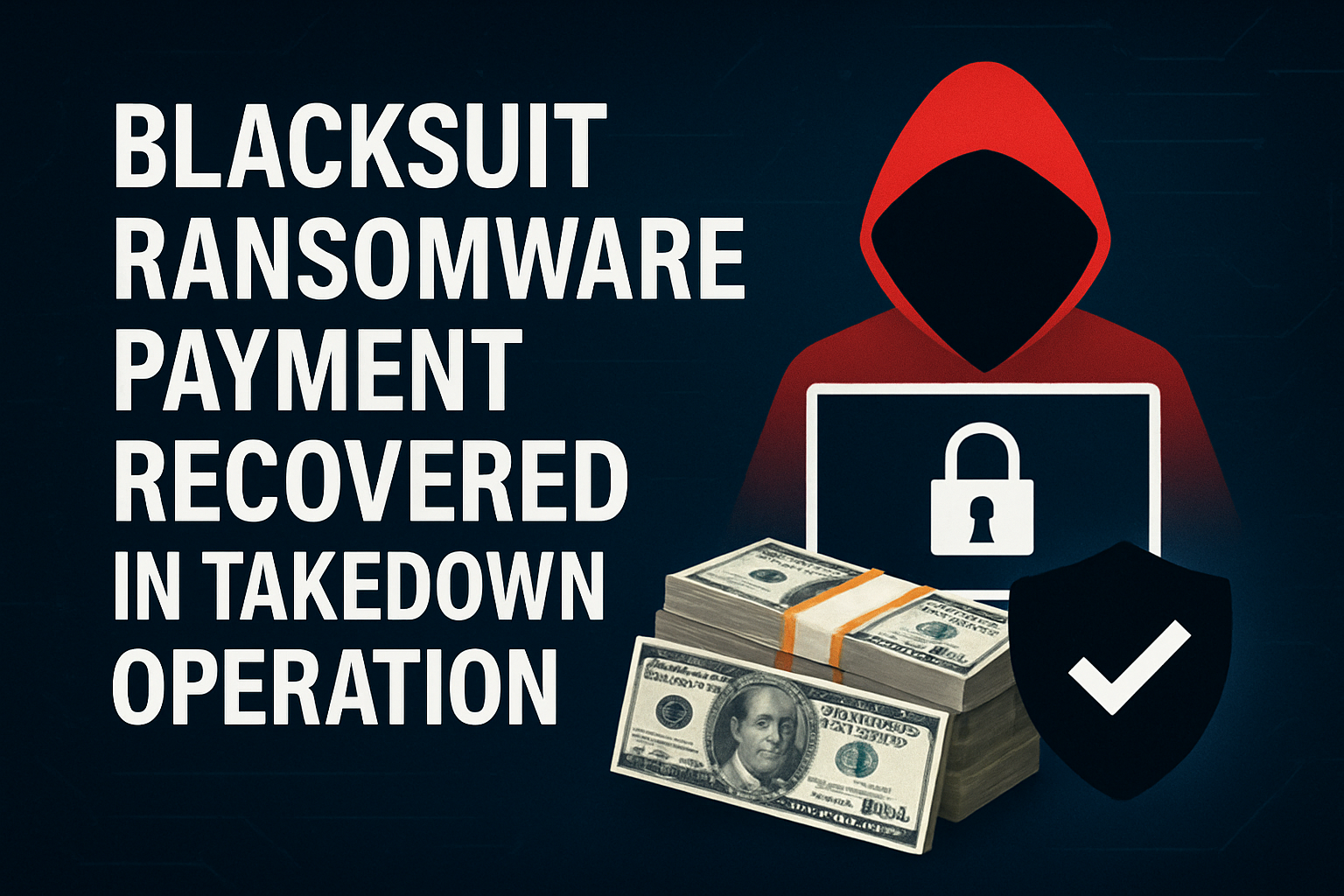Introduction
It usually starts quietly. The sponsor compliance lead opens a routine email over coffee and sees a familiar crest and a formal tone. The message warns of an urgent issue with the Sponsorship Management System. There is a link to sign in and fix it now. The timing is awkward. The team has certificates to assign, a meeting in twenty minutes, and a visa start date everyone is tracking. The nudge to click feels harmless.
This guide explains how those lookalike messages work, why sponsor licence holders are squarely in the crosshairs, and what you can do today that will actually hold up on a busy Tuesday. It draws on hands on incident response, workshops with HR and international offices, and the day to day realities of running a compliant sponsor operation. The goal is simple: keep people safe without slowing the work to a crawl.
The Sponsorship Management System: A quick refresher
If your organisation hires or teaches overseas talent, the Sponsorship Management System sits at the centre of your obligations. Employers use it to manage the Worker and Temporary Worker categories such as Skilled Worker or Senior or Specialist Worker. Schools and universities use it for Student and Child routes.
Inside the portal, level 1 and level 2 users assign Certificates of Sponsorship or Confirmation of Acceptance for Studies, report changes, and keep details for key personnel up to date. Because SMS activity touches identity data, roles, salaries, and immigration status, an account with the right permissions carries real weight. That mix of authority and sensitive information is precisely what criminals look for when they go hunting.
Why sponsor licence holders became prime targets
Attackers make calculations. They prefer accounts that unlock value, are operated under time pressure, and follow predictable routines. Sponsor licence environments fit that profile. There is clear value: an active licence can create or alter records that matter to real people and time bound decisions. There is constant pressure: reporting windows, expiry dates, and onboarding schedules generate urgency most weeks of the year. There is consistency: the language of sponsorship is formal and familiar, which makes imitation easier. When a fraudster matches the tone and colours and mentions suspension, many teams feel a jolt of worry. That moment is what the entire scam is designed to exploit.
How the scam usually unfolds
In dozens of cases we have handled, the flow is similar. The details change. The rhythm does not.
The hook
A message lands that looks official. Subject lines reference compliance reviews, irregularities in recent assignments, or a request to verify key personnel. The text leans on urgency and authority. There is a tidy button or link to sign in.
The lookalike
The link opens a page that echoes the real login. The logo and palette feel right. The form fields look familiar. The domain name is almost correct but not exact: perhaps one character swapped or an unexpected ending on the address. On a small screen, that detail is easy to miss.
The capture
Once a user enters a username and password, the site grabs the credentials. Many kits also relay the session to the real service so they can harvest one time codes or a session cookie. The aim is not just to steal a password. It is to create a live, usable session that bypasses extra checks.
The rush
If the attacker gets in, they move quickly. We have seen attempts to add a new privileged user, change contact details, assign or reassign documents, and download lists of sponsored individuals. If those actions fail, they often pivot to the user’s mailbox to search for other systems linked to HR or admissions.
What is at stake when an SMS account is compromised
A breach rarely stops at a single login. There are knock on effects. Unauthorized activity can scramble real cases or kick off awkward follow up. Sensitive data can be exposed. Contact routes can be tampered with, so important messages never arrive. The cost is not only technical. It is reputational and operational.
Red flags that busy teams can spot
You do not need to be a security specialist to notice when something is off. Teach people to pause when they see the following patterns. Unusual urgency with thin detail. Messages that warn of suspension but lack a clear reference number or specific action often ring hollow on a second read. Links that are almost correct. One extra character, a different ending to the address, or a link shortener in the middle are reliable signals to step back.
Login prompts embedded in the email. Real services send you to a known domain. They do not ask you to type credentials into a form inside the message. Requests for one time codes by reply. That is a classic move from attackers who are trying to complete a live login. Unexpected attachments that ask you to enable anything. If a document wants permissions before you can read it, treat that as a hazard sign.
Controls that work without killing productivity
Security only sticks when it respects the job people need to do. These measures are straightforward, affordable, and proven.
Keep privileged access lean
Limit level 1 users to those who genuinely need it. Review access every quarter. Disable or delete accounts the day someone changes role or leaves. Use named accounts so you can trace actions. Shared logins feel convenient and always backfire.
Strengthen sign in
Use the strongest second factor available. Push approvals or hardware based factors beat basic SMS codes. Teach people a simple rule: never approve a prompt you did not initiate. If anyone receives a stray approval request, treat it as a live incident, not as a glitch.
Separate admin from general mail
Create a dedicated mailbox for SMS notifications. Restrict who can email it from outside. Forward alerts to a small group for visibility, but keep the administration itself tied to a clean, well monitored address.
Control the path to the portal
Put the official login behind a bookmark on every device. Store it inside a trusted password manager. Instruct staff to reach SMS only through those two paths. If your web filter can block lookalike domains and newly registered addresses, enable that setting. It reduces noise more than you might expect.
Make reporting effortless
The faster people tell you about a suspect email, the smaller the problem becomes. Provide a single address or a one click button that forwards the message with headers to your internal contact. Thank people for reporting, even when it turns out to be nothing. Positive feedback is a security tool.
Practise the short version
Hold a brief table top exercise once a quarter. Fifteen to thirty minutes is enough. Walk through a phishing scenario with the people who would actually respond. Decide who does what in the first five minutes. Write it down. Rehearsal builds calm.
The fifteen minute playbook when someone clicks
Incidents are defined by what happens early. When a user clicks or enters details, move in this order. Start by freezing access. From a clean device, change the password for the affected account and expire active sessions. If you suspect active misuse, disable the account temporarily while you check. Reset the second factor. Remove any authentication methods you do not recognise. Re register the correct method after you have verified the person’s identity using a separate channel.
Scan for recent changes. Review assignments, reassignments, edits to key personnel, and updates to contact details since the time of the click. Save what you see. Screenshots are your friend. Inform leadership clearly. Share three facts: what happened, what you contained, what you are reviewing next. Keep it short. Promise the next update time and keep that promise. If an attachment was opened or the device behaves oddly, isolate the machine and hand it to IT for a rebuild. A clean device is cheaper than a lingering doubt.
Training that people will not ignore
Long annual modules rarely change habits. Small, regular touches do. Use quick scenarios. Share a single screenshot once a month and ask people to spot what is wrong. Send the answers the next day. Recognise near misses. A short message that thanks a colleague for reporting a fake email teaches the whole team what good looks like.
Send just in time notices. When a real campaign is circulating, warn staff with the exact subject lines and two things to watch for. Timeliness beats theory. Offer role specific refreshers. Level 1 and level 2 users need a little extra attention because their decisions carry more weight. Keep it conversational and brief. Publish a one page reference. Show genuine examples of real emails, list the correct sending domains, and include the official login address. Familiarity tames anxiety.
Technical hygiene that keeps the floor clean
Behind the scenes, a few settings pay off every day. Configure modern email authentication on your domain. Keep browsers and operating systems patched. Roll out a reputable password manager and ask staff to let it auto fill only on trusted domains. Keep daily users in standard role on their computers so a bad attachment cannot make deep changes. These are unglamorous steps, but they reduce the number of risky moments your people ever face.
How to talk about incidents without drama
Trust grows when communication is clear and measured. Use a simple structure. Say what happened in two sentences. Describe what you contained within the first hour. List what you will check next and when you will report back. Finish with one or two concrete improvements you will implement and who owns them. That format reassures leaders and keeps the team aligned.
A short case study from the real world
In one midsize organisation, a level 2 user clicked a convincing message during a hectic onboarding week. The link captured credentials and a session cookie. Within minutes, the attacker tried to add a new key contact and reassign a certificate. The team caught it because the password manager refused to auto fill on the fake domain and the user reported the odd prompt. The response playbook kicked in: password change, session expiry, second factor reset, review of recent activity, mailbox rule sweep. The entire event took under an hour to contain. The post mortem produced two changes: a dedicated mailbox for SMS notices and a quarterly fifteen minute drill. No drama. No blame. Stronger habits the next day.
Conclusion
Sponsor licence phishing succeeds when authority, urgency, and routine collide. The messages look normal enough. The deadlines feel familiar. The work is already stacked. That is why a practical defence matters. Keep privileged access lean. Strengthen sign in. Reach the portal only through trusted paths. Make reporting a pleasure, not a chore. Rehearse your first fifteen minutes until it feels boring. None of this requires exotic tools.
All of it signals a reliable, trustworthy compliance function that can handle both audits and real adversaries with the same steady hand. If you apply these steps with consistency, the next convincing fake will still land. The difference is simple: it will not land for long.









